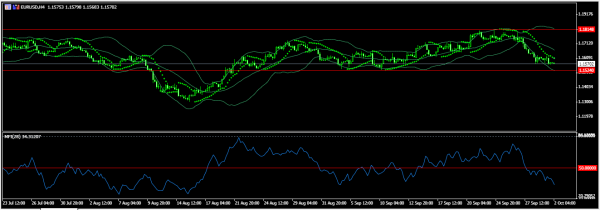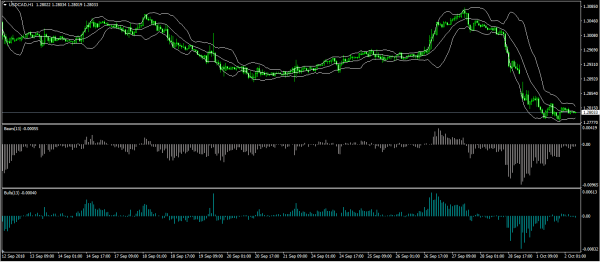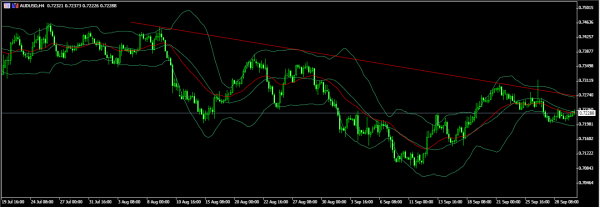The US dollar was little moved in the Asian session. This followed disappointing Institute of Supply Management (ISM) PMI data. The data showed that the activity of purchasing managers in September was lower than expected. The PMI rose to 59.8, which was lower than the 60.1 traders were expecting. It was also lower than August’s 61.3. At the same time, the ISM manufacturing employment rose to 58.8 from August’s 58.5.
The Canadian dollar remained at multi-month high levels against the US dollar after the new NAFTA deal was announced. US President, Donald Trump, praised the ‘wonderful new trade deal’ stating how it was beneficial to US farmers and the auto sector. He had previously described NAFTA as “the worst trade deal” ever signed and just last week it seemed that the US would move forward without Canada. This new agreement will calm the markets as the confrontation with China continues. Traders hope that another deal will be made between the US and Japan and the European Union.
The Aussie was little changed after the RBA’s monetary policy statement. The bank left interest rates unchanged at 1.75%. This was an expected move and is the reason why the Australian dollar made no major movements. In a statement, the bank sounded upbeat about the economy and pledged to leave rates unchanged for some time. They believe that this will continue to support the economy. Part of the statement said:
Inflation is around 2 per cent. The central forecast is for inflation to be higher in 2019 and 2020 than it is currently. In the interim, once-off declines in some administered prices in the September quarter are expected to result in inflation in 2018 being a little lower than otherwise.
EUR/USD
The EUR/USD pair is trading at 1.1570. This is the same level as at market close yesterday. It is also along the lower band of the Bollinger Band on the four-hour chart below. The Money Flow Index has fallen below the neutral level of 50 while the Parabolic SAR signals a bearish move. The pair’s path of least resistance is likely lower. Traders should watch out for the 1.1500 level.
USD/CAD
The USD/CAD pair is trading at 1.2803, which is close to yesterday’s close of 1.2800. This was the lowest the pair has fallen in four months. The Bears Power indicator has moved from a multi-month low to almost zero. At the same time, the Bulls Power is close to zero. This is an indication that the bulls and bears are torn about the next moves for the pair. There is a likelihood that a small upward retracement will happen before the downward momentum continues.
AUD/USD
The AUD/USD pair was little moved after the RBA released the monetary policy statement. The pair is trading at 0.7229, which is in line with the 14-day moving average and at the middle band of the Bollinger Bands. It is also below an important support as shown below. With no major monetary change, the pair’s downward trend is likely to continue.
















